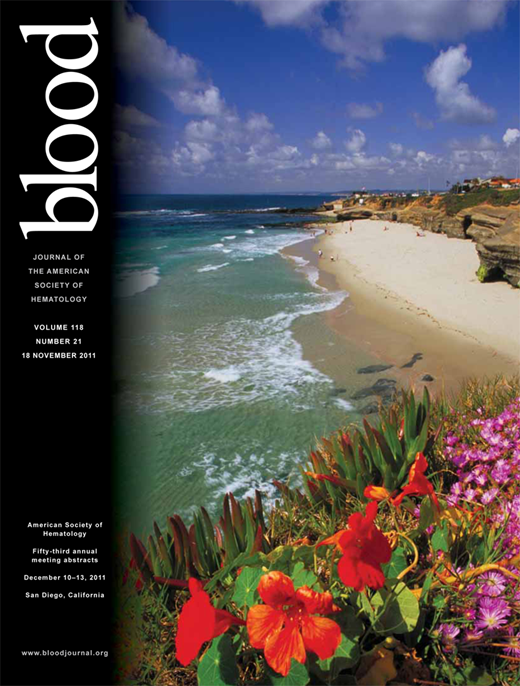Abstract
Abstract 2004
Treatment of AL amyloidosis (AL) and myeloma (M) with high dose melphalan and autologous stem cell transplantation (HDM/SCT) is effective in inducing hematologic remissions and improving survival. However, the benefit of HDM/SCT in AL and host-based high-risk myeloma (hM) has not been explored in a multi-center study. We designed a trial of two cycles of modified high dose melphalan at 100 mg/m2 and autologous stem cell transplantation (mHDM/SCT) through SWOG 0115 (ClinicalTrials.govIdentifier: NCT00064337). The primary objective was to evaluate overall survival and additional objectives were to determine hematologic responses and tolerability of two cycles of mHDM/SCT in AL and hM in a multicenter study. Eligibility for patients with AL required evidence of tissue diagnosis of amyloidosis, underlying associated plasma cell dyscrasia, and adequate measures of performance status (Zubrod 0–2) and cardiopulmonary function (LVEF >45%, DLCO >50%). Eligibility for hM patients required age >70 years and/or serum creatinine of >2 mg/dL or calculated creatinine clearance of <50 mL/kg/min. Peripheral blood stem cells were collected following G-CSF alone with minimum yield of 7.0×106 CD34+ cells/kg required for participation in the trial. From 1/2004 to 11/2010, 70 eligible patients with AL (61 with AL and 9 with myeloma associated AL) and 27 with hM were enrolled at 17 centers in the US. The median age was 64 years (range; 33–79) and M:F ratio was 1.6:1. The median number of organs involved was 2 (range, 1–8). There were 22 patients (31%) with cardiac involvement. The median serum creatinine level was 1.7 mg/dL (range, 0.6–10.0) for patients with hM. There are 68 patients with AL and 25 patients with hM eligible for survival and 67 patients with AL and 25 patients with hM eligible for adverse event analysis at this time. The treatment-related mortality (TRM), defined as deaths within 100 days of registration (even without protocol-directed treatment) was 9% (n=9/97). TRM was 10% (n=7/70) for AL and 7% (n=2/27) for hM. TRM was 14% (n=3/22) for patients with AL and cardiac involvement. Grade 3 and higher non-hematologic adverse events by CTCAEv3.0 were experienced by 75% (n=50/67) of AL patients and 80% (n=20/25) of hM patients. The median overall survival is 68 months for AL with a median follow up for surviving patients of 40.6 months (range; 1.2–79). The median survival for hM patients has not been reached yet with a median follow-up of 34 months. The 5-year survival is 55% for AL and 54% for hM patients; and the median progression-free-survival is 43 months for AL and 31 months for hM. Hematologic responses, defined by the standard consensus criteria, were achieved by 39% (n=11/28) evaluable patients for AL and 57% (n=4/7) for hM following SCT. Clinical and organ responses were also evident at 1 year following HDM/SCT. Thirty % (n=3/10) patients with AL experienced cardiac response. In conclusion, this experience demonstrates that with careful selection of patients, mHDM for SCT in patients with AL amyloidosis and hM, even in the setting of a multicenter study, can lead to prolonged overall survival with acceptable TRM and morbidity.
Holmberg:Celgene: Research Funding; Millennium-Takeda: Research Funding; Otsuka: Research Funding; Seattle Genetics: Research Funding; Genzyme: Research Funding; Genzyme: Research Funding; Merck: Research Funding; Genzyme: Membership on an entity's Board of Directors or advisory committees; Seattle Genetics: Membership on an entity's Board of Directors or advisory committees.
Author notes
Asterisk with author names denotes non-ASH members.

